VR technology, 3D printing, countless hours of planning, dry runs, two day-long surgeries, a new circulatory system for the brain, kidney malfunction, cardiac arrest, heartache, hope, grit and prayers. That’s what it took a team of multidisciplinary medical staffers at the All India Institute of Medical Science (AIIMS) in New Delhi to successfully separate a pair of craniopagus conjoined twins—Jangannath (Jagga) and Balram (Balia)—over two years. Today, they’re finally ready to go home, Odisha.
While Jagga is “like any other normal child”, Balia still cannot speak and would need prolonged rehabilitation, doctors said.
“He will get better over the years, but Balia is unlikely to be 100% normal, ever. How can we even expect that? The brains of the both the children were never fully formed. Luckily for Jagga, he had a proper blood circulation in the brain. We had to put in a venous graft for Balia to maintain blood supply. Even then some parts of his brain are likely to atrophy or die off,” Dr Deepak Gupta, who headed the surgical team and is a paediatric neurosurgeon at AIIMS-Delhi, said, adding that when they had first come to the hospital in July 2017, not only were their skulls connected, their brains were also fused and shared the circulatory system.
Jagga and Balia are the first pair of craniopagus twins, or twins conjoined at the head, to have survived a separation surgery in India.
In 2002, Manipal, only one of the partially conjoined craniopagus twins survived a separation surgery. The twins were joined over 8cm of the skull without any involvement of the circulation in the brain. For Jagga and Balia, who were joined at an angle of 120° and were a rare subtype of craniopagus conjoining, the shared skull area was over 40cm.
“It is estimated that about 50% of the craniopagus twins are stillborn and another 25% die within the first 24 hours of birth. A surgery like this is a once in a lifetime opportunity for a neurosurgeon,” Dr Gupta said.
He explained that the twins’ risk assessment was not reassuring as they scored 18 out of 20; a score of higher than 20 becomes inoperable. The success of the surgery came down to a good team of multidisciplinary doctors, meticulous planning and cutting-edge technology, such as 3D printing and surgical simulations.
TECHNOLOGICAL HELP
Imaging technologies, such as MRI and CT scans, showed doctors structures of the skulls, brains and the connections within. But to get a detailed understanding of the brain structure, the doctors got several 3D models made based on the scans. A virtual reality (VR) tool called the ImmersiveTouch let them practice their surgical plan.
Pointing at one of the several 3D models of conjoined brains in front of him, Dr Gupta said, “The veins that you see is exactly how it was inside their skulls. These models helped us in figure out exactly how we had to separate the brains; it was joined diagonally from the front, but vertically from the back. It helped us plan and prepare for the surgery. This is the first time that 3D printing technology was put to such use in India.”
The models—just one of which cost $4,000—were used for two dry runs before the first surgery on August 28, 2017. The Rs 10 lakh-surgery went on for 25 hours and was performed to ensure proper blood supply to Balia’s brain.
Challenges followed as the operation theatre was transformed into an intensive care unit for 10 days with a sign outside that read, “only craniopagus team allowed, think five times before entering”. Jagga’s kidney function also deteriorated once when Balia was given medication for a seizure, but he sailed through.
The second and final phase of the separation was done two months later on October 25, 2017. Jagga, who had fewer neurological deficits and stood a better chance of surviving, suffered a cardiac arrest. A team was busy massaging his heart even as the doctors were trying to close the brains. Jagga revived after 30 minutes of resuscitation.
The twins have since had four skin grafting procedures and after about five years, will need another surgery to put in a piece of their skull back.
“This was a surgical challenge and a success. It shows that India is capable of performing such procedures. Currently, such twins from neighbouring countries such as Pakistan and Bangladesh have to travel to European countries to get the surgery,” Dr Gupta said.




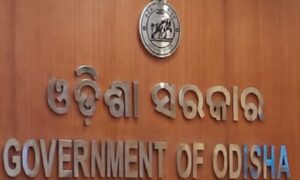





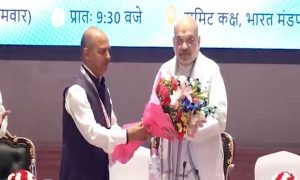

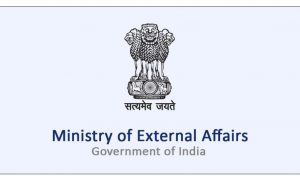



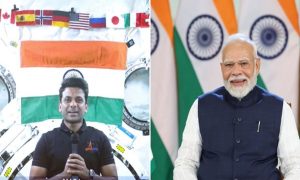



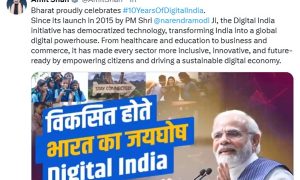







 WhatsApp us
WhatsApp us